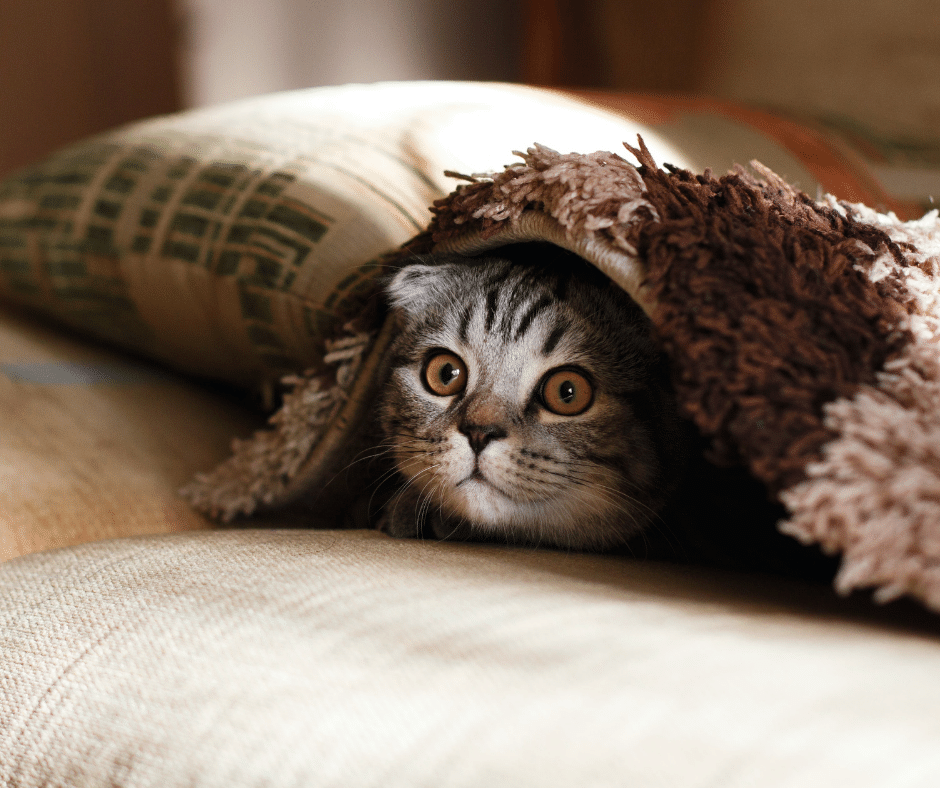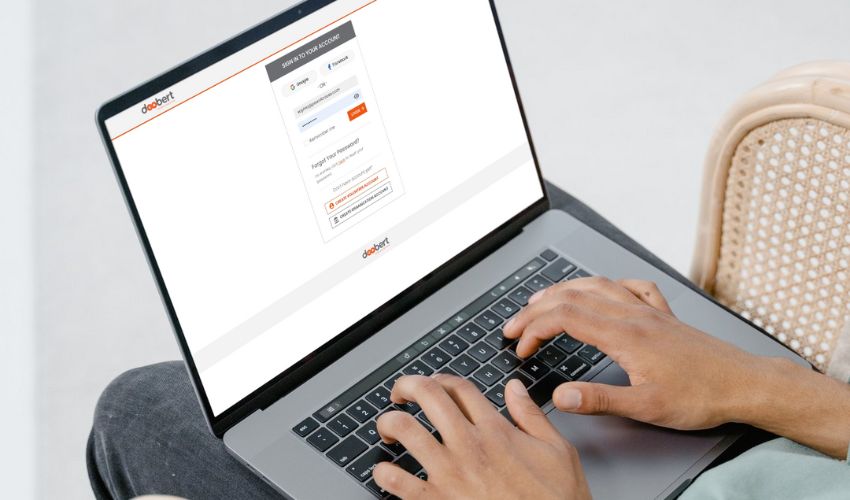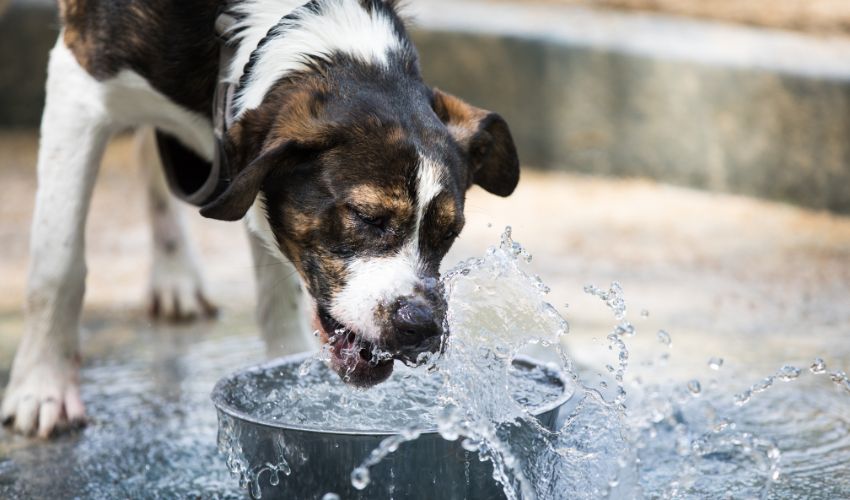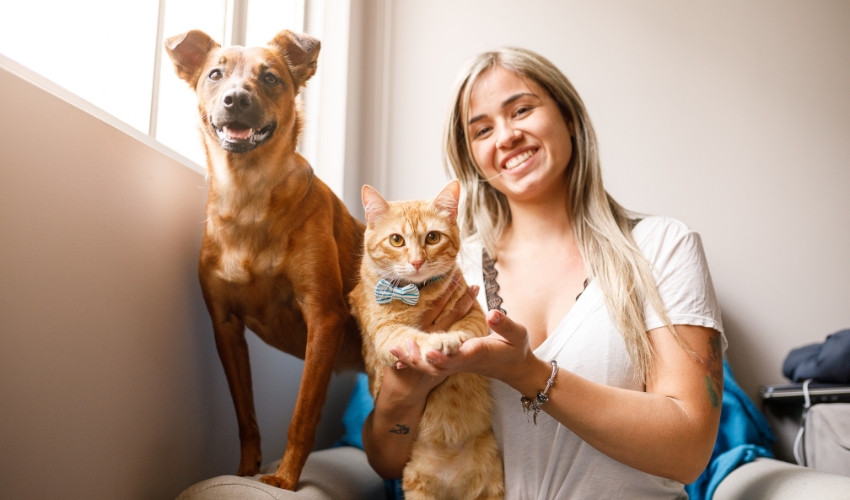Our homes are more than just living spaces; they are sanctuaries where the bond between us and our pets flourishes. Crafting a pet-friendly home is not just a luxury but a responsibility, ensuring the safety and well-being of our four-legged family members. In this blog, we’ll explore the art of transforming your living space into a haven that is both safe and enriching for your pets. From addressing toxicity concerns to creating proper accommodations, let’s embark on a journey to make your home a welcoming retreat for your beloved furry friends.
-
Toxicity Awareness:
Insight: Pets, with their curious nature, may inadvertently come into contact with substances harmful to their health within our homes.
Action:
Pet-Safe Plants:
Tip: Familiarize yourself with pet-safe plants and ensure that any potentially toxic plants are kept out of reach. Popular pet-safe options include spider plants, Boston ferns, and catnip.
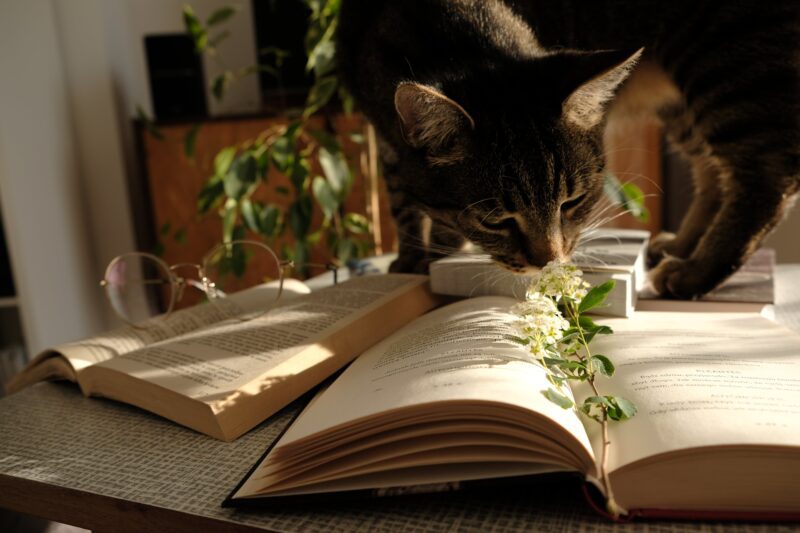
Watch for Hazardous Foods:
Tip: Be aware of foods that can be toxic to pets, such as chocolate, onions, and caffeine. Store these items securely and avoid leaving them within easy access.
Opt for Pet-Friendly Cleaning Products:
Tip: Choose cleaning products that are safe for pets or use natural alternatives like vinegar and baking soda. Regularly clean surfaces to prevent any residue buildup.
Mindful Pest Control:
Tip: Opt for pet-friendly pest control methods to avoid exposing your pets to harmful chemicals. Consult your veterinarian for safe flea prevention options.
-
Hazards in Plain Sight:
Insight: Pets, especially puppies and kittens, may see everyday items as toys or potential sources of mischief.
Action:
Secure Loose Wires:
Tip: Bundle and secure loose wires with cable organizers to prevent pets from chewing on them, minimizing the risk of electric shock.
Keep Small Objects Out of Reach:
Tip: Store small objects like hair ties, rubber bands, and small toys in containers or high shelves to avoid choking hazards.
Window Safety Measures:
Tip: Install pet-proof screens or window guards to prevent accidental falls, especially for cats that may be tempted to perch or jump near windows.
Hide Toxic Household Items:
Tip: Store potential hazards like medications, cleaning supplies, and chemicals in cabinets or high places where pets cannot access them.
-
Comfortable Accommodations:


Insight: Creating a comfortable environment is vital for your pets’ overall well-being, providing them with spaces where they can feel safe and secure.
Action:
Cozy Beds and Blankets:
Tip: Offer plush beds and soft blankets in quiet corners of your home to provide comfortable retreats for your pets to rest and relax.
Designated Pet Areas:
Tip: Establish specific areas for feeding, play, and relaxation. This helps create a sense of routine and security for your pets.
Provide Scratching Posts for Cats:
Tip: Satisfy your cat’s natural instinct to scratch by providing scratching posts or pads, preventing damage to furniture and promoting healthy behavior.
Interactive Toys:
Tip: Keep your pets mentally stimulated with a variety of interactive toys. Rotate toys regularly to maintain interest and engagement.
-
Designing a Toxic-Free Zone:
Insight: Ensuring your home is free from potential toxins is crucial to the health and safety of your pets.
Action:
Choose Pet-Safe Plants:
Tip: Select indoor plants that are safe for pets, such as spider plants or air plants. Be cautious with lilies, as they are toxic to cats.
Pet-Safe Foods:
Tip: Educate yourself on foods that are toxic to pets and ensure these items are kept out of reach. Secure trash bins to prevent pets from scavenging.
Use Non-Toxic Cleaning Products:
Tip: Opt for pet-friendly cleaning products or natural alternatives like lemon, vinegar, or baking soda to maintain a clean and safe environment.
Safe Pest Control:
Tip: Choose pet-friendly pest control methods and consult with your veterinarian for safe flea prevention options.
-
Eliminating Common Household Hazards:
Insight: Identifying and addressing common household hazards is essential to creating a pet-friendly living space.
Action:
Secure Loose Wires:
Tip: Tuck away and secure loose wires with cable organizers to prevent pets from chewing on them, minimizing the risk of electric shock.
Keep Small Objects Out of Reach:
Tip: Store small objects like rubber bands, hair ties, and small toys in containers or high shelves to avoid choking hazards.
Window Safety Measures:
Tip: Install pet-proof screens or window guards to prevent accidental falls, especially for cats that may be tempted to perch or jump near windows.
Hide Toxic Household Items:
Tip: Store potential hazards like medications, cleaning supplies, and chemicals in cabinets or high places where pets cannot access them.
Conclusion:
Creating a pet-friendly home is a labor of love that pays off in the form of happy, healthy, and content furry companions. By taking proactive measures to eliminate potential hazards, providing comfortable accommodations, and incorporating enriching elements, you’re not just sharing a space with your pets; you’re creating a haven where their well-being is prioritized. With these insights and actions, you can ensure your home is a safe and enriching environment, allowing your pets to thrive in a space filled with love and harmony.



